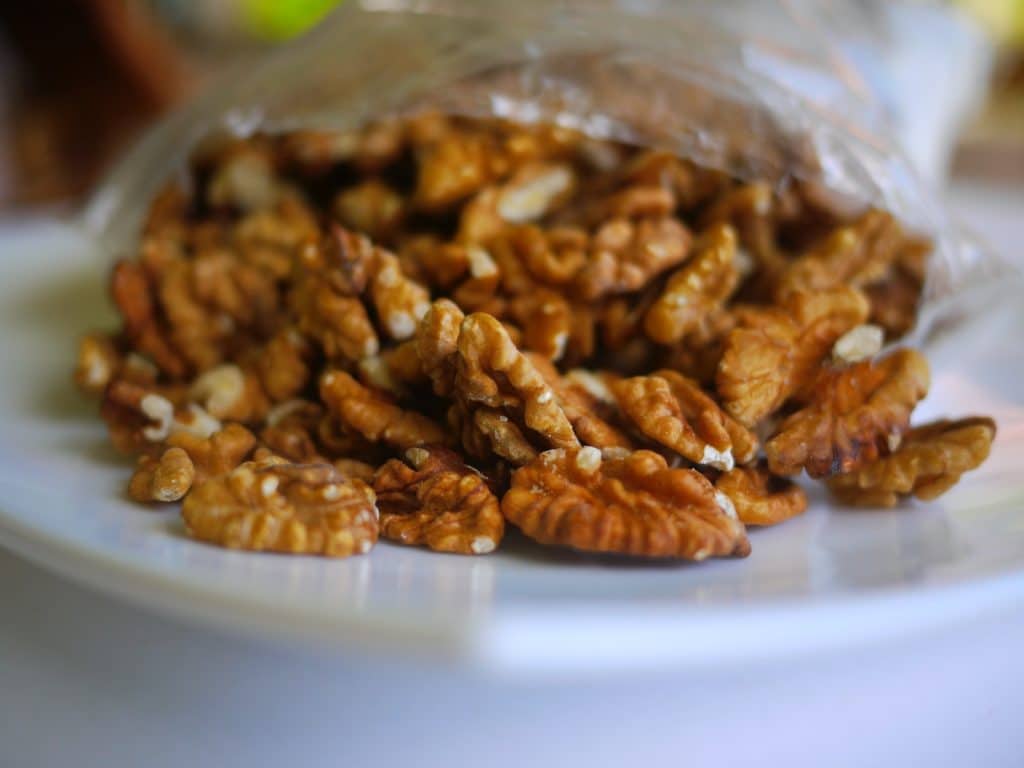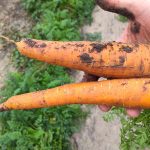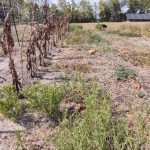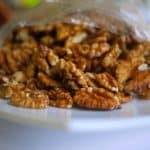For southern gardeners interested in growing pecan trees, this article will serve as a 101 guide for finding success with these stately nut producers. Pecans provide an abundance of tasty and nutritious nuts, while also serving as beautiful, stately shade trees. This primer will cover everything from recommended varieties, pollination requirements, propagation methods, harvesting techniques, and pest control. With the proper care and patience, you can have your own mini pecan orchard producing mounds of nuts within just a few years. Let’s explore how with the right know-how, these iconic trees can become a bountiful addition to your southern garden.
Benefits of Pecan Trees in the South
One of the best aspects of growing pecan trees is that they produce an abundance of delicious and nutritious nuts. Pecans contain high levels of healthy antioxidants and plant sterols that can help reduce cholesterol absorption. They are also a good source of fiber, magnesium, zinc, folate and beneficial monounsaturated fats. Unlike more delicate nut trees, pecans are also “bullet-proof” and can withstand the heat, humidity and storms of southern climates. Their hardy nature makes them one of the few nut trees that thrive in the South. And for those with a sweet tooth, the rich, buttery flavor of pecans is far superior to hickory nuts, black walnuts or standard walnuts. An added benefit is that pecans trees start producing nuts long before needing extensive pruning or maintenance.
Cross-Pollination Secrets: How to Maximize Pecan Production
One critical factor for maximizing pecan production is understanding pollination requirements. Pecan trees are not self-pollinating – they require cross-pollination between two different pecan tree varieties. This is because the male and female flowers on a single pecan tree mature at different times. The male catkins release pollen first, while the female flowers only become receptive later. Therefore, a second pecan variety is needed where the female flowers will be receptive when pollen is released. The best pairing options include Pawnee with Sumner, Elliot with Caddo, or Choctaw with Jackson. Fortunately, a few varieties like Barton, Cherokee, Jackson and Syrup Hill are self-fruitful and can set nuts without a pollinator. But for most trees, proper pollinator pairing is essential for ensuring a bountiful nut harvest each season.
Harvest Time Tips: Collecting Your Pecan Bounty
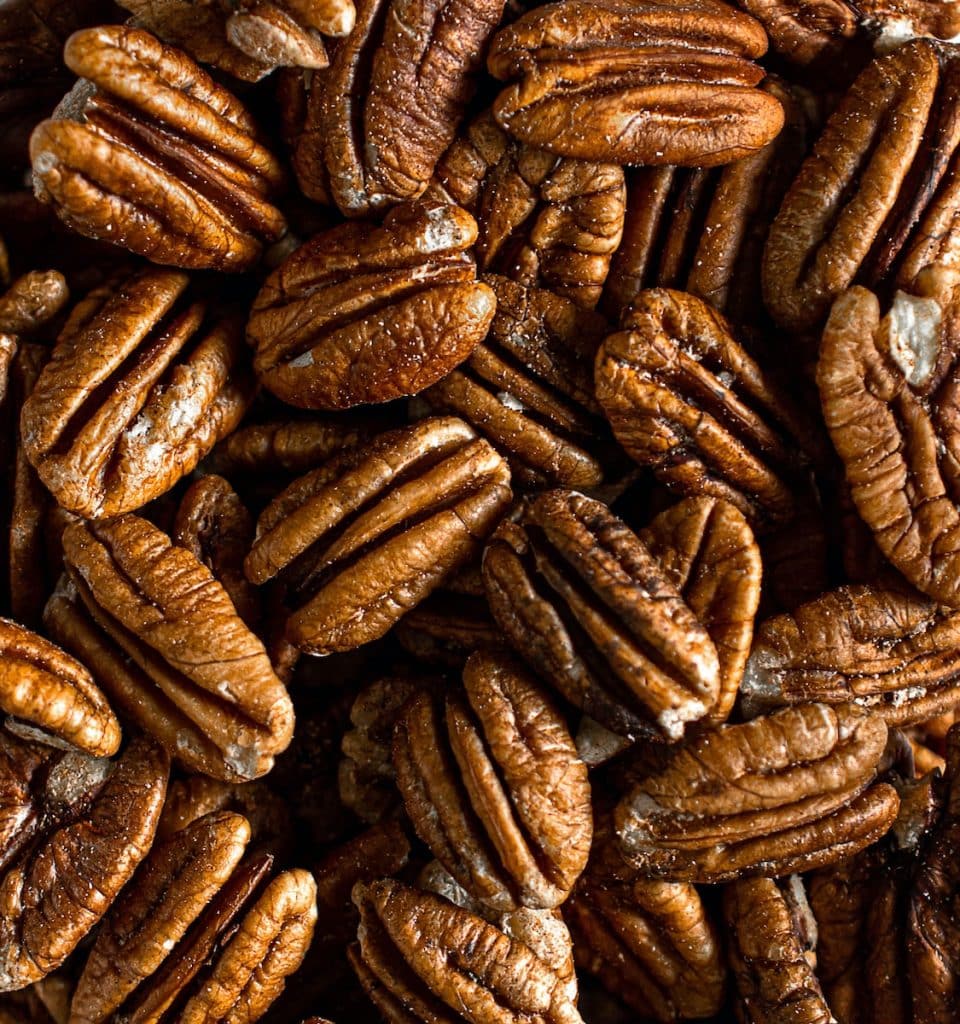
When October and November roll around, it will be time to reap the rewards of your pecan trees. Look for the husks to start splitting open as a sign that harvest time has arrived. One effective method is using a long pole to knock the ripe nuts from the branches. You can also simply pick them up off the ground if the lawn is kept clear underneath the trees. After gathering the pecans, allow them to cure for 2-3 weeks by drying them out on screens or at 140°F. This helps improve flavor and storage time. Any nuts with black spots or trails should be discarded, as those are ruined by pecan scab or pecan shuckworms. If you have a large harvest, consider renting a commercial pecan sheller to make the cracking and shelling process easy.
Controlling Pecan Pests and Diseases
Like any fruit and nut tree, pecans can be susceptible to various pests and diseases if proper prevention is not taken. The main intruders that may ruin your pecan harvest are squirrels, pecan scab, hickory shuckworms, and pecan weevils. Maintaining cleanliness and implementing control measures are key. Squirrels can be thwarted with tree collars of sheet metal. Fungal diseases like pecan scab can be avoided by selecting resistant varieties. Other pests can be controlled through vigilance in removing and discarding infected nuts. Taking a proactive approach allows you to prevent infestations before they escalate and ruin your valuable pecan crop.
Choosing the Best Pecan Varieties
With over 500 named pecan varieties, selecting the right ones for your orchard can seem daunting. Here are some top recommendations based on thin shells, disease resistance, and flavor:
- Oconee – Thin shell, scab resistant, medium nut
- Pawnee – Early harvest, thin shell, scab susceptible
- Forkert – Thin shell, scab resistant, high quality
- Elliot – Thin shell, scab resistant, smaller nut
- Choctaw – Thin shell, scab resistant, large nut
The best pecan varieties have shells so thin they are termed “papershells”. Flavor and productivity can vary based on the parent tree genetics. Consult with your local nursery to choose varieties suited for your region.
Growing Your Own Pecan Trees from Seedlings
While buying grafted pecan trees speeds maturity, you can also grow your own from seed. The downside is pecan seedlings take over a decade to produce nuts. To be successful, it’s critical to select fresh seeds and stratify them before planting. Give each seedling plenty of room to grow, at least 35-50 feet between trees. As the saplings mature, prune them to a central leader shape. Within 10-15 years, your patience will pay off with homemade pecan seedlings.
Conclusion
With the proper planting techniques, preventative care, and variety selection, pecan trees can provide abundant harvests for decades to come. Their dazzling fall foliage, shady canopies, and delicious edible nuts make them a Southern staple. We hope these pecan tree growing tips provide a helpful 101 guide as you cultivate these stately native trees in your own yard. Let us know in the comments if you have any other pecan wisdom to share!


